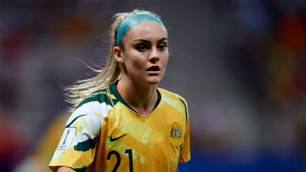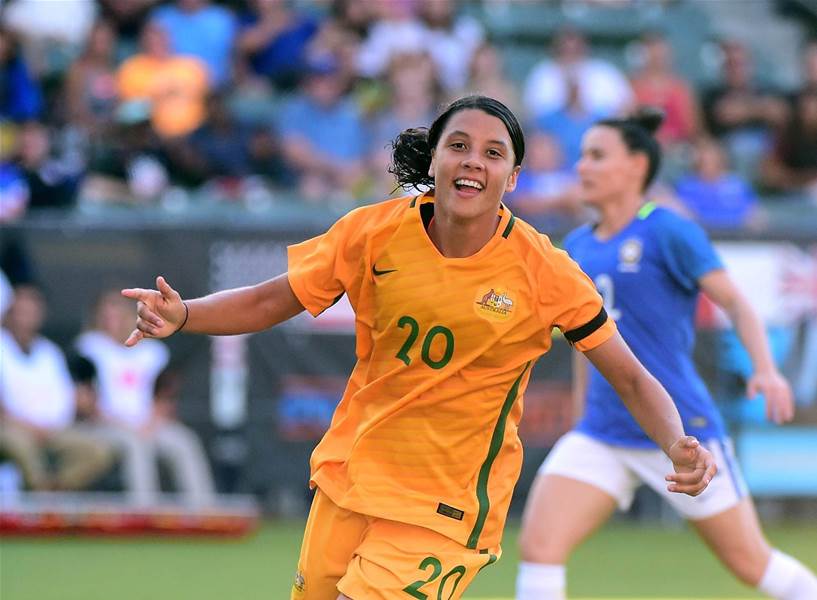A recent BenchMark study conducted by True North Research about Australia's emotional connection to sports teams has shown Australian women's national teams dominating top connectivity rankings.
To calculate the emotional connection of Australians to sports teams, the study contacted more than 14000 Aussies from a variety of audiences at different periods over the last two years.
The aim was to get a broader view, one of the totality of the Australian audience, and not just fans.
The audiences contacted were separated into three categories: the market, the supporters and fans, and the fans only.
The market refers to those familiar with the team which includes supporters and fans, the supporters and fans include fans and those neutral towards the team, the fans are those who support the team.
The audiences were asked questions about more than sixty different criteria. From an emotional side this included questions about respect, enjoyment, trust, pride and bond.
From a behavioural side, this included questions about attendance, membership, television audience, sponsor impact, subscriptions, social media following, merchandise, and advocacy.
The aim was to understand the position of each team with regards to the sporting landscape as a whole. The study also wanted to get an overview of how emotions drive behaviour.
The study focused on thirteen Australian national teams to measure the nation's emotional connection to them. Of these thirteen teams, six were women's teams. During the most recent calculation period, no team male or female saw a decrease in emotional connection.
Amongst all familiar with a team, the highest rankings for emotional connection were dominated by women's teams. The Australian Women's Cricket team took the top spot for emotional connection, helped by their March 2020 T20 World Cup win at the MCG.
The Matildas were in second place followed by the gold medalist defending champion Australian Women's Rugby 7s team. The Diamonds were in fourth place. The Opals and the Wallabies were in 11th and 12th place respectively.
Amongst sports followers, not just those familiar with the team, the Matildas held the highest emotional connection of any Australian team.
What stands out about this study is that while male teams generally had higher familiarity, which the study credits as being a reflection of marketing investment as well as exposure of the teams over many decades, most women's teams still had higher emotional connectivity both overall and compared to their male counterparts.
Only the Aussie Boomers had a higher emotional connectivity rating than their female counterparts, the Aussie Opals.
This study highlights the importance of continued investment in women's sports. Fandom is not built overnight. It can take generations to get to a position of inherent followership, not just familiarity.
Continued investment to change the number of individuals who are just familiar with or are supporters of women's sports into genuine fans is therefore imperative for women's sport to grow.
A copy of the study can be found in this link.
Related Articles

'Timing not right': Montemurro's verdict on Matildas vacancy

Matildas: 'Fourth at the Olympics is honestly the worst place you could come'
.jpg&h=172&w=306&c=1&s=1)












